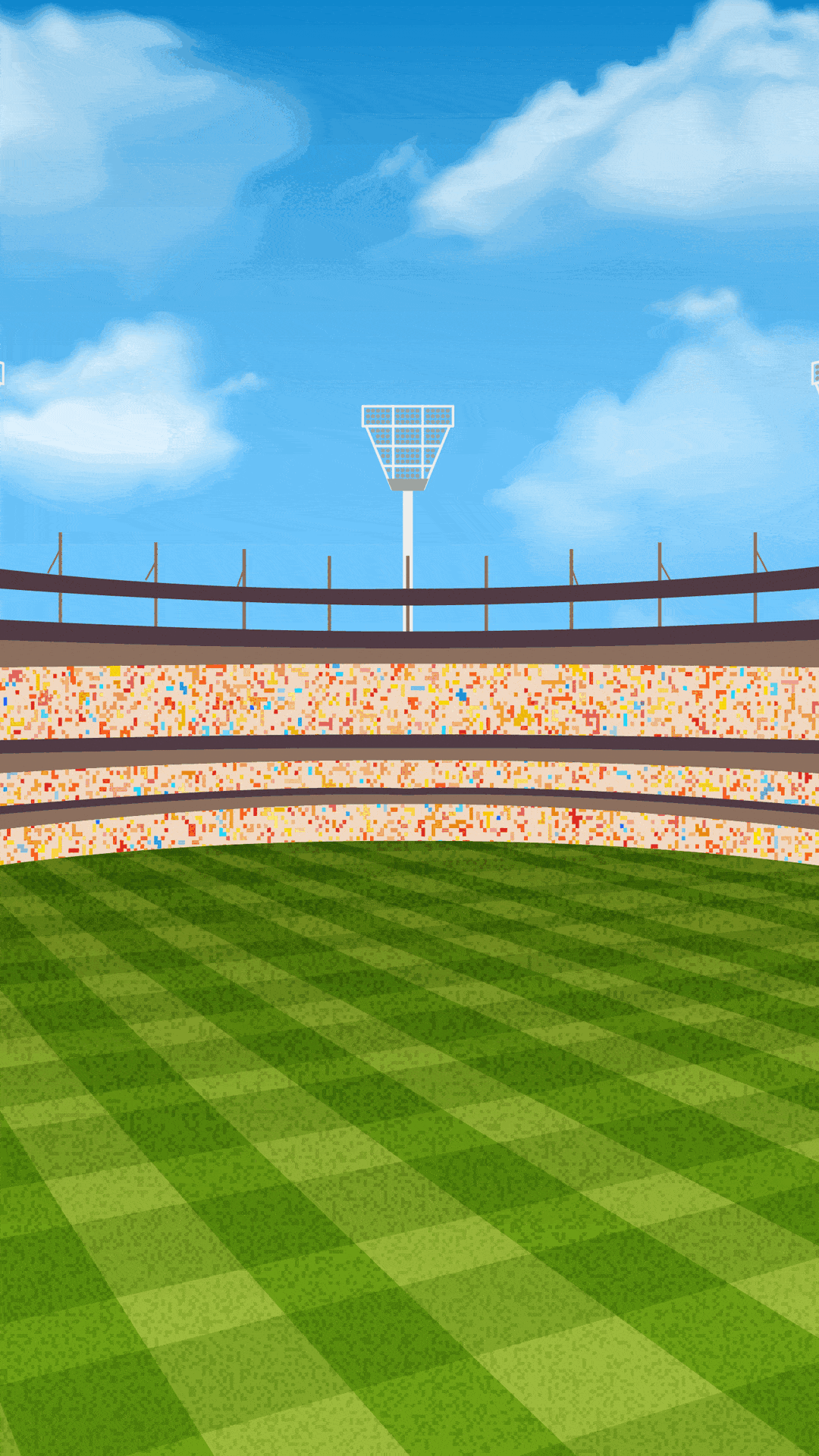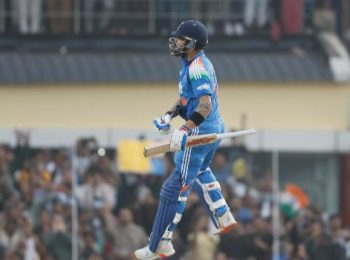Kolkata Knight Riders will square off against Lucknow Super Giants in the 68th match of the ongoing Indian Premier League 2023 at the Eden Gardens, Kolkata on Saturday. KKR will have to win this contest to stay in contention for the playoffs whereas LSG are in a shoo-in position to make it to the last four.
LSG had won their previous match against Mumbai Indians by five runs after Marcus Stoinis played a blinder of innings to put his team in command. Stoinis scored a fine knock of 89 runs whereas Mohsin Khan had bowled a superb last over to deliver the goods for his team.
On the other hand, KKR had also registered a convincing six-wicket victory against CSK in their previous match to stay in contention for the last four and they will have to win against LSG to order to stay alive in the tournament. However, they will need other results to go their way.
Here is the Kolkata Knight Riders vs Lucknow Super Giants – Stats Preview
KKR all-rounder Andre Russell has scalped 96 wickets in the 111 matches he has played in the IPL. Thus, the all-rounder is four wickets away from completing 100 wickets. Russell has also smashed 192 sixes in the IPL and needs eight more sixes to complete 200 maximums.
KKR’s experienced fast bowler Tim Southee has snared 47 wickets in 54 IPL matches and the veteran pacer needs another three more scalps to complete 50 wickets in the tournament.
Venkatesh Iyer has amassed 932 runs in 35 IPL matches and he needs another 68 runs to reach the 1000-run mark. Iyer has also scored 41 sixes in the tournament and needs nine more sixes to complete 50 maximums.
LSG stand-in skipper Krunal Pandya has amassed 1497 runs in the IPL and he needs another three more runs to complete 1500 runs in the tournament.
Karun Nair, KL Rahul’s replacement, has scored 1496 runs in the IPL and needs another four runs to complete 1500 runs.
LSG’s Quinton de Kock has mustered 2879 runs in the IPL and the South African left-hander needs 121 runs to complete 3000 runs in the tournament. The southpaw has also scored 287 fours and requires 13 more boundaries to reach 300 fours.



























